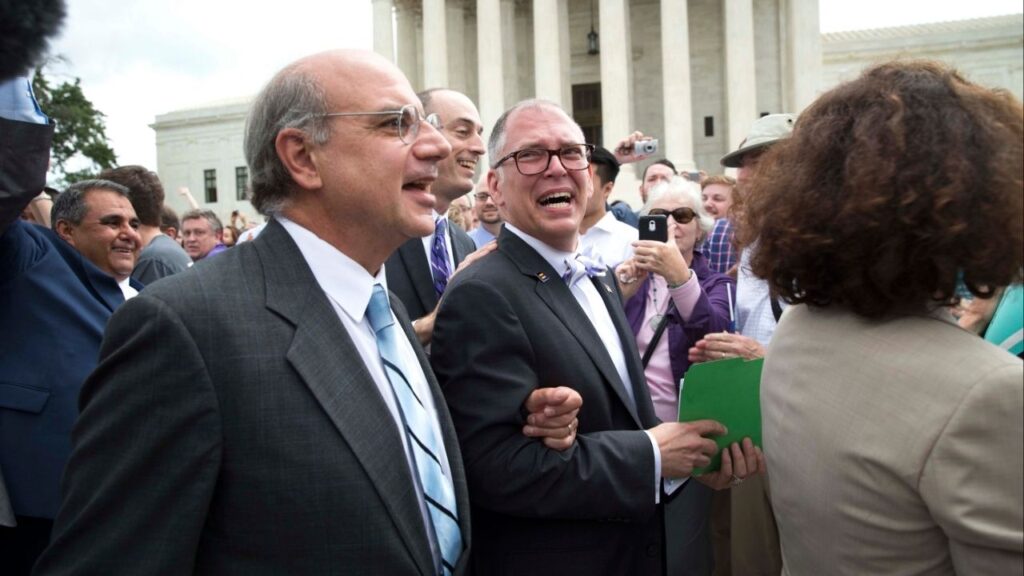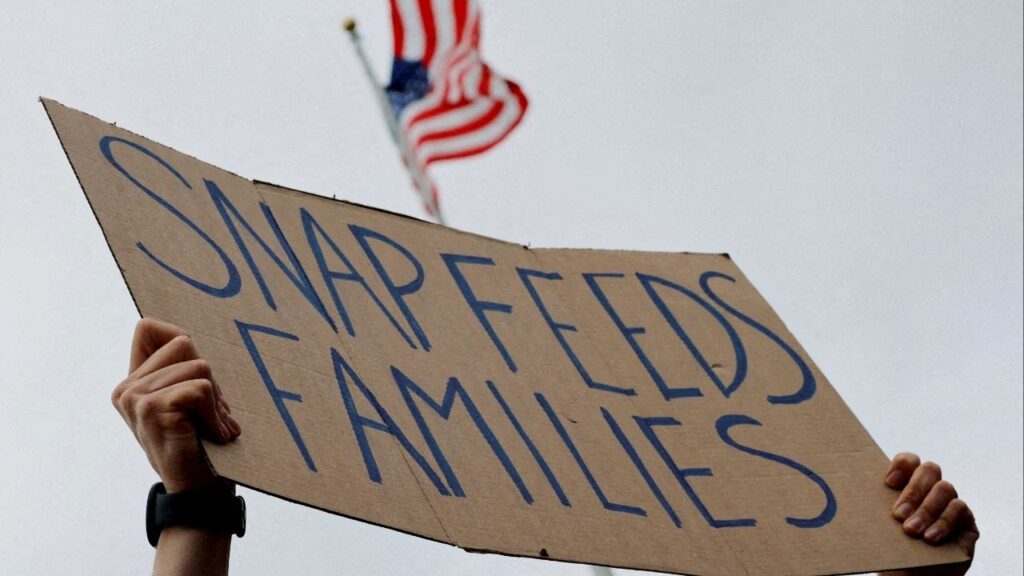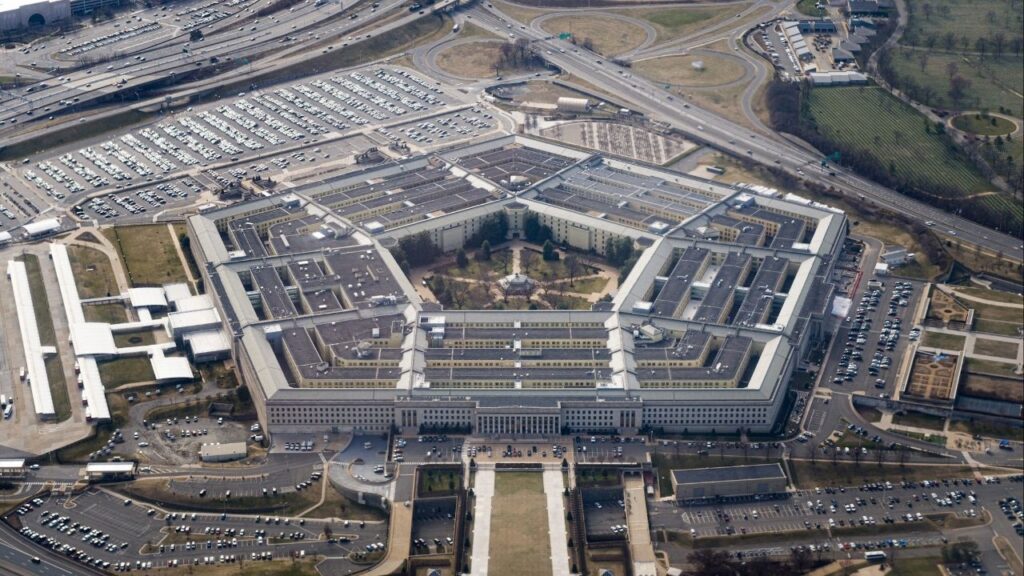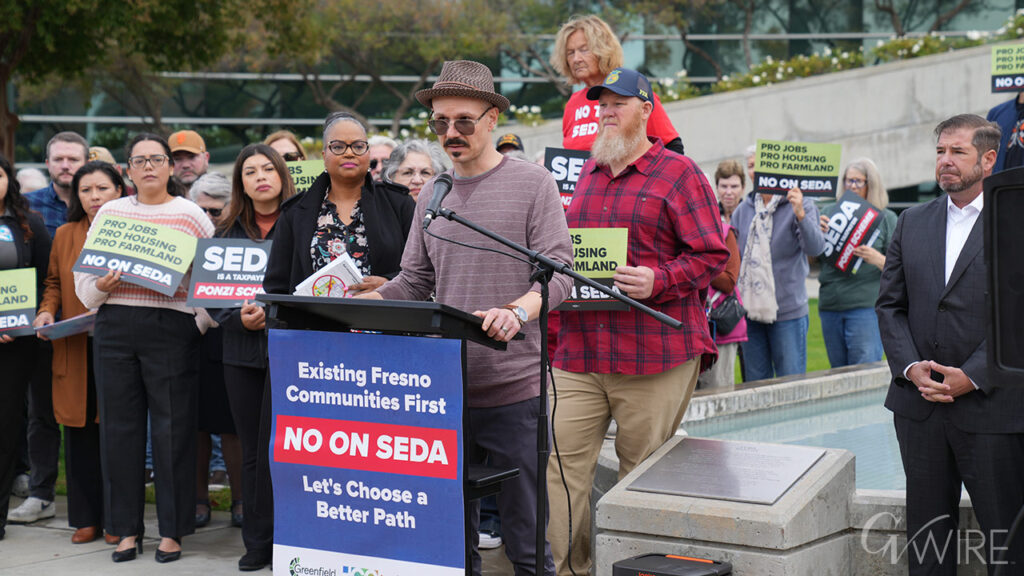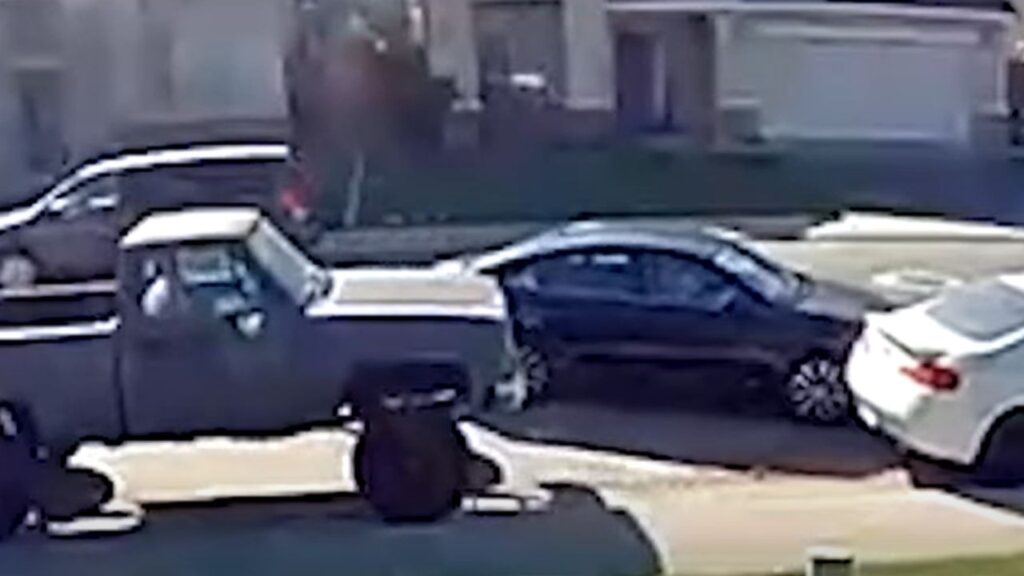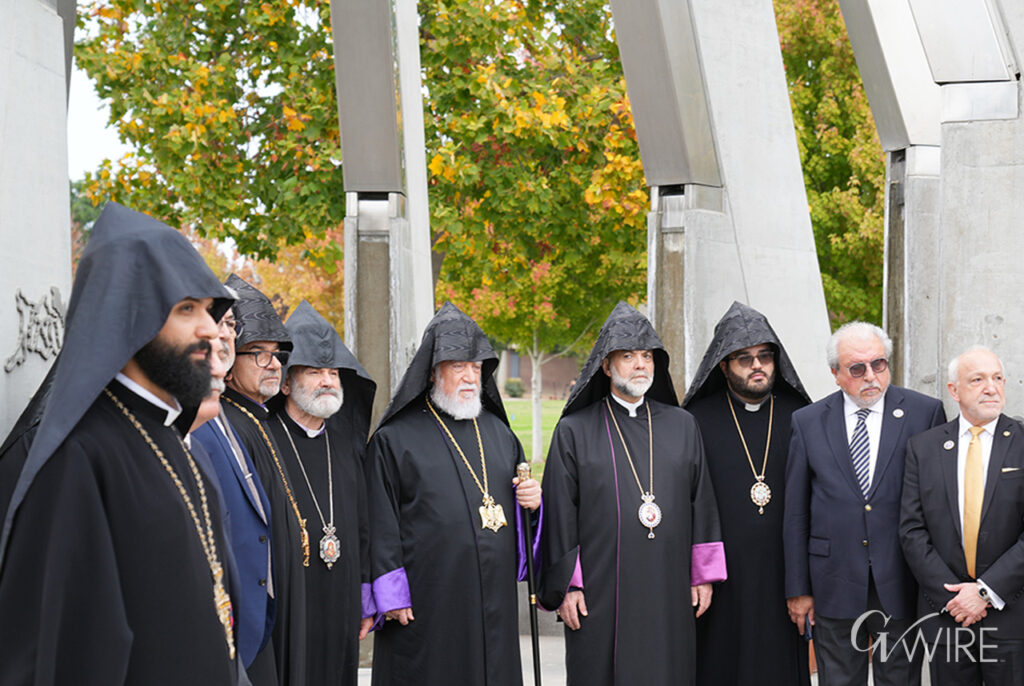CEQA reform could help California build more housing while maintaining environmental protections, argue environmental law veterans. (CalMatters/Anne Wernikoff)

- AB 609 exempts infill housing from CEQA review to speed construction in urban areas.
- Environmental law veterans support CEQA reforms to prevent housing sprawl into open lands.
- Without housing reform, California risks losing congressional seats to cheaper states.
Share
This commentary was originally published by CalMatters. Sign up for their newsletters.
In 1947, decades before the federal Clean Air Act, California’s leaders began regulating the causes of harmful air pollution. It was also our state that, in 2006 under Gov. Arnold Schwarzenegger, passed arguably the most aggressive greenhouse gas reduction law in the world, setting off a global race for climate action.

By Nick Yost

By Daniel Yost
Special for CalMatters
Opinion
California’s leadership on the environment has a well-deserved reputation.
So it is with a great deal of pride, and no small amount of sadness, that a growing flaw in the California Environmental Quality Act, one of the principle legal mechanisms we use to protect clean air and water, conserve sensitive lands and habitats and address the pollution that causes climate change, is now cause for concern.
CEQA, as it’s colloquially known, embodies the proposition that you should “look before you leap” on issues that could have negative environmental or public health impacts. The law’s core legal principle holds that decisionmakers should know the environmental consequences of their actions before taking them.
This purpose remains a worthy one. Unfortunately, over time CEQA has led to unfortunate and inadvertent consequences — in particular, it is commonly used to block much-needed housing in California. But the law is not only harmful in its use: The mere threat of a CEQA lawsuit is enough to stifle new housing developments since such suits can add substantial time, cost and risk for builders who already face daunting construction costs.
Finding Balance in Reform
The dilemma is how to retain the beneficial essence of CEQA while dealing with the downsides. A bill in the California legislature deals with this and deserves support.
Assembly Bill 609 creates an exemption from CEQA for infill housing projects that are compliant with local laws and not in environmentally sensitive locations. “Building up” in urban locations reduces development pressure on open land in outlying areas. It also reduces commute times and reduces pollution.
As a father and son with lifetimes of experience in environmental causes, we write with some ambivalence. Decades ago, one of us was responsible for the emergence of CEQA as a “super statute,” drafting the amicus brief to the California Supreme Court in Friends of Mammoth v. Mono County — the bedrock case in which the court ruled CEQA extended a public “right of action” against private activity.
Some may view any changes to CEQA as a “camel’s nose under the tent,” inevitably leading to its demise. Our view is the opposite: Like all laws, CEQA derives its social license from its good-faith application. But when a bedrock environmental law is used to cause measurable environmental harm — for example, by displacing housing developments to agricultural and open lands — that undermines political support for the law.
Thoughtful reforms such as AB 609 can maintain CEQA’s core focus on environmental protection, while enabling housing to be built more quickly, cheaply and sustainably.
Climate Benefits of Infill Housing
For those that view climate change as one of the key issues of our time, infill housing is a critical solution. For those that want to see California’s environmental values shape the nation, without cheaper housing, California will lose population and electoral power to other states.
After the 2030 census, projections show that California could lose four congressional districts (and four electoral college votes), while states with cheaper housing, like Texas and Florida, stand to gain.
If reducing the cost of housing alone is not enough, then for those that care about the environment and climate change, there is plenty to love in the growing push to legalize more infill homes in our cities.
___
This article was originally published on CalMatters and was republished under the Creative Commons Attribution-NonCommercial-NoDerivatives license.
About the Authors
Nick Yost created and formerly led the environmental section of the California Department of Justice. As general counsel of the Council on Environmental Quality under the Carter administration, he was lead draftsperson of National Environmental Policy Act regulations.
Daniel Yost is an attorney and the former mayor of Woodside. He was a founding board member of Peninsula Clean Energy.
Make Your Voice Heard
GV Wire encourages vigorous debate from people and organizations on local, state, and national issues. Submit your op-ed to bmcewen@gvwire.com for consideration.









